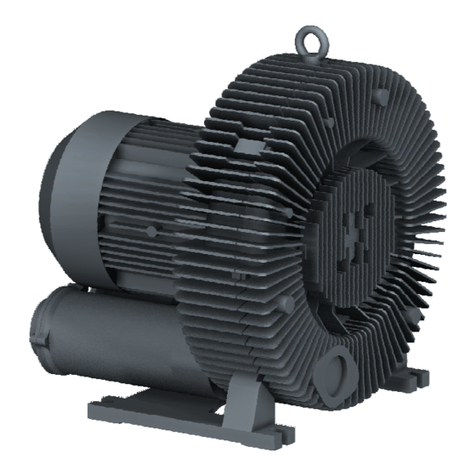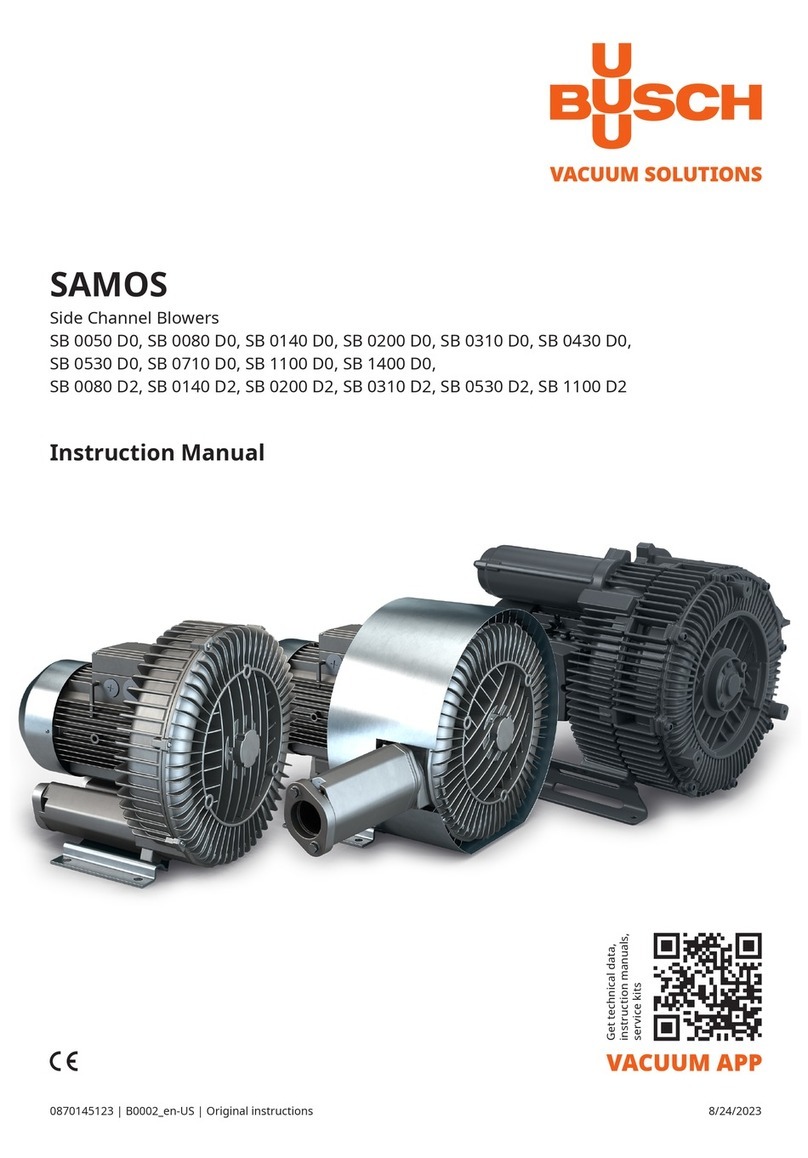
Table of Contents
2 / 36 0870231979_WT0100-0730CP_CV_-0001_IM_en
Table of Contents
1 Safety .......................................................................................................................................3
2 Product Description ..................................................................................................................4
2.1 Operating Principle .......................................................................................................... 6
2.2 Application....................................................................................................................... 6
3 Transport ..................................................................................................................................7
4 Storage .....................................................................................................................................8
5 Installation................................................................................................................................9
5.1 Installation Conditions...................................................................................................... 9
5.2 Blower Unit Installation .................................................................................................... 9
5.2.1 Possible fixing........................................................................................................ 10
5.3 Electrical Connection ........................................................................................................ 10
5.3.1 Wiring Diagram Three-Phase Motor...................................................................... 11
5.4 Connecting Lines / Pipes .................................................................................................. 12
5.4.1 Suction Connection ...............................................................................................12
5.4.2 Discharge Connection ........................................................................................... 13
5.5 Filling Oil.......................................................................................................................... 13
6 Commissioning.........................................................................................................................15
7 Maintenance.............................................................................................................................16
7.1 Maintenance Schedule ..................................................................................................... 17
7.2 Maintenance Inlet Filter.................................................................................................... 17
7.3 Maintenance V-Belt and Pulley Alignment ....................................................................... 19
7.4 Maintenance Oil .............................................................................................................. 20
7.5 Oil Level Inspection.......................................................................................................... 20
7.6 Oil Change....................................................................................................................... 21
8 Overhaul...................................................................................................................................24
9 Decommissioning.....................................................................................................................24
9.1 Dismantling and Disposal ................................................................................................. 24
10 Spare Parts................................................................................................................................25
11 Troubleshooting .......................................................................................................................26
12 Technical Data..........................................................................................................................31
13 Specific Technical Data.............................................................................................................32
14 Oil ............................................................................................................................................33
15 EU Declaration of Conformity...................................................................................................34
16 UK Declaration of Conformity ..................................................................................................35

































